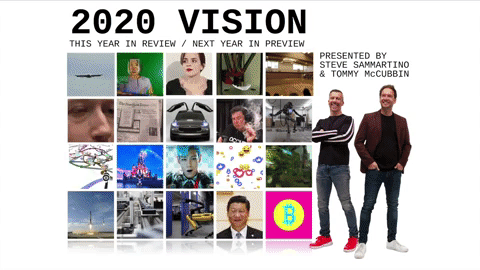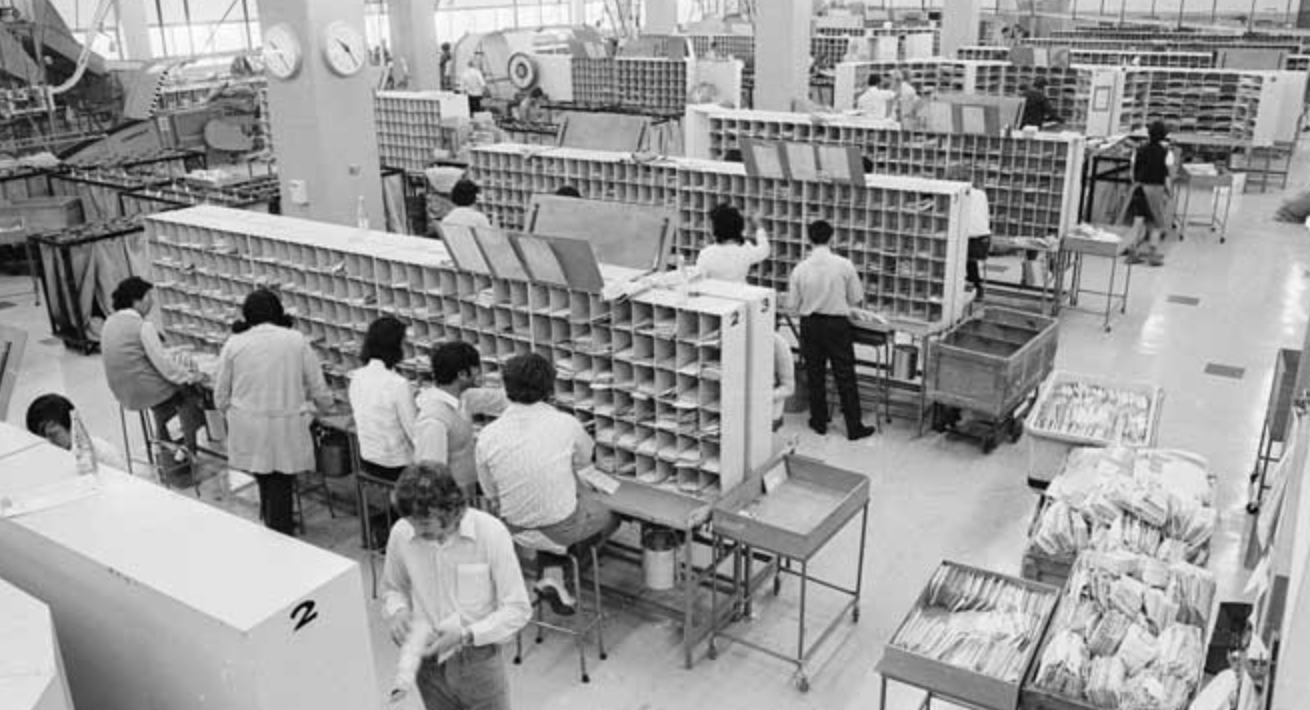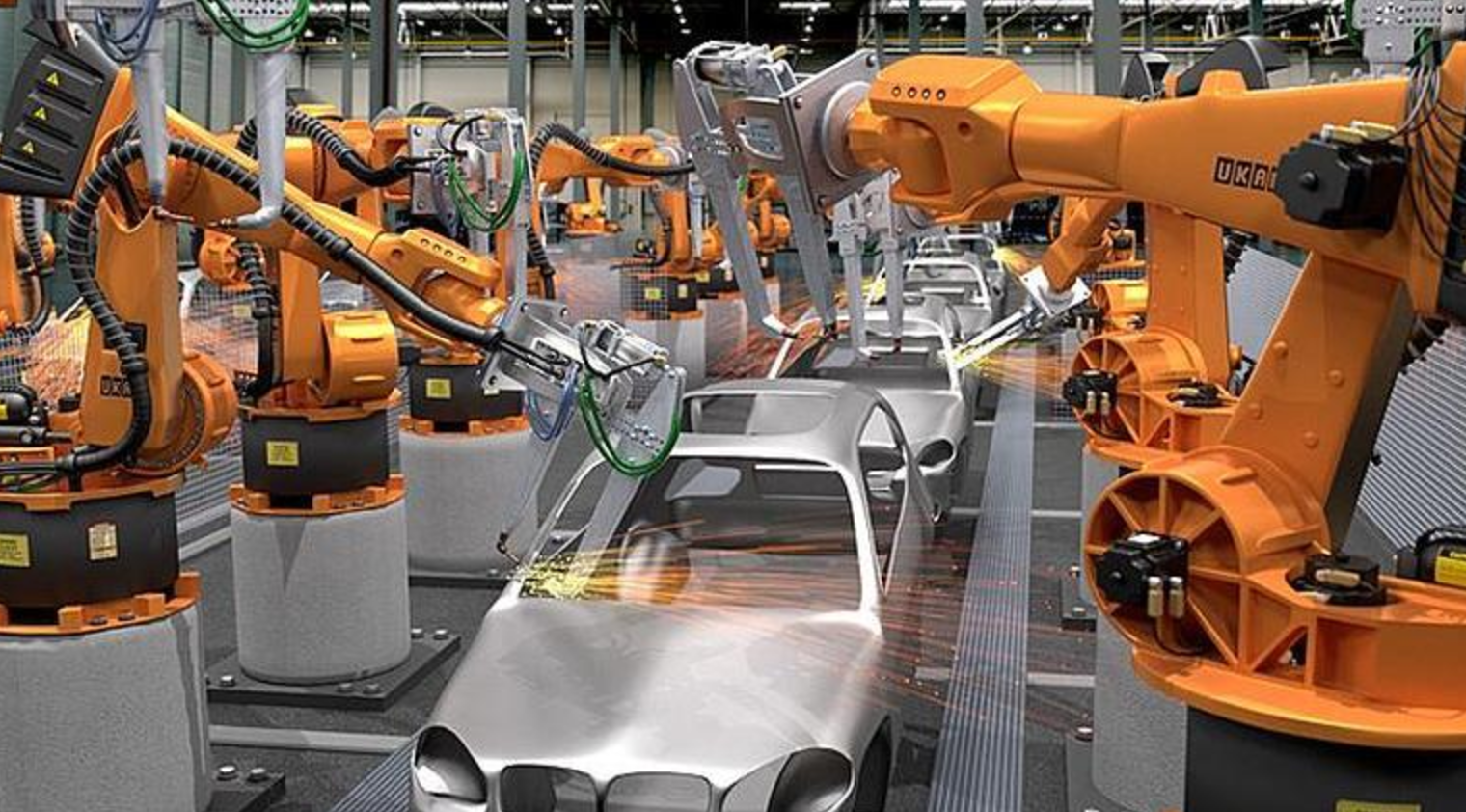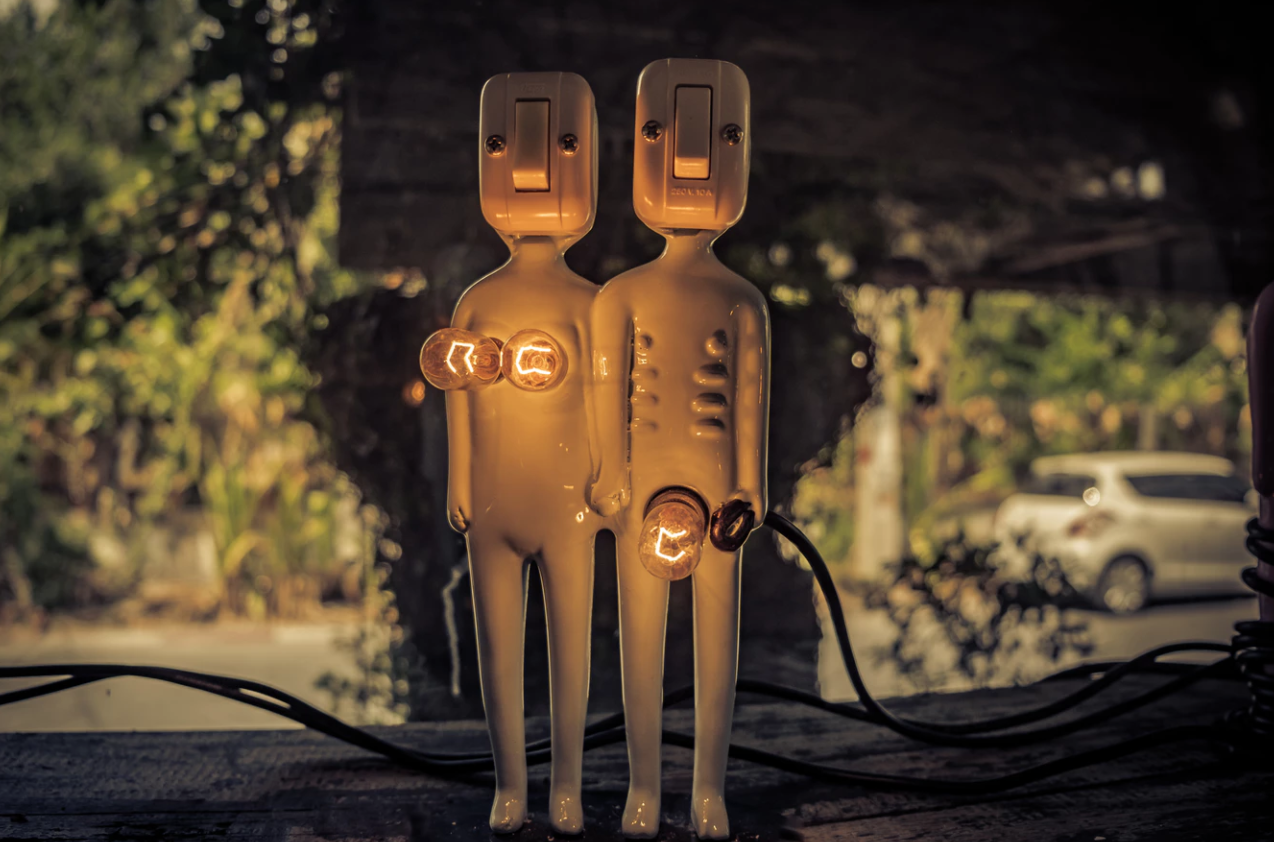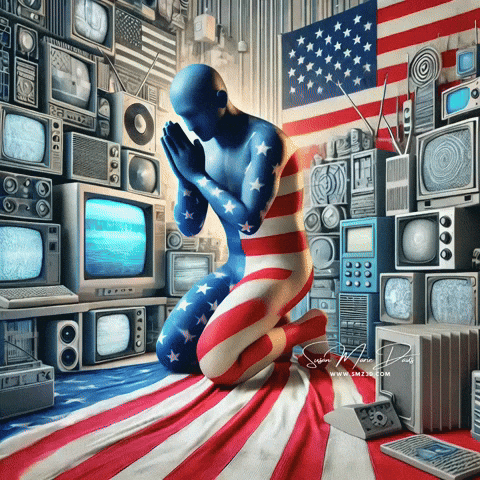
It’s time to play offence – build a National AI Data Grid and sovereign digital capability.
Australia is the 14th largest economy in the world — but on Harvard’s Economic Complexity Index we rank a disgraceful 103rd. In fact, we currently rank behind Bangladesh, Senegal, and Uganda — a shocking reality for a top-20 economy.
Why? Because we’ve quietly become a giant housing Ponzi scheme with a mining habit.
We don’t have a homegrown search engine.
We don’t have a social network.
We don’t have a local browser or operating system, any meaningful digital platform — or anything serious in AI.
Honestly, every time you type @gmail.com it should be @auspost.com.au
No — this wouldn’t be hard. And yes — I trust our government departments more than I trust Google. (At least we can vote out a government.)
Seriously, we should build platforms at a macro level for private industry to leverage. It’s the smart play.
And while it’s easy to shrug and say, “We can’t compete with Silicon Valley,” the truth is we can. I don’t buy the narrative that we’re too small to matter. We have some of the best universities and educators in the world — we must, education is our third-biggest export (about A$21 billion in tuition fees alone). Global firms want you to believe only they can do this…. those running any show always do.
We have a deep local talent pool in tech and engineering.
What we lack isn’t resources or talent — it’s courage and leadership. A few decades ago, during the period of economic rationalism, we did something incredibly irrational — we stopped leveraging our abundant resources to build sovereign capability. And what got was houses no one can afford and cheap t-shirts.
What we need now is the ability to ignore the naysayers and actually compete. And honestly, whenever Australia has had a crack, we usually do quite well. Sports, the arts, and world-changing inventions (Wi-Fi, anyone?) are simple and informative examples.
We Used to Make Things
Once upon a time, Australia made cars, clothing, electronics. Manufacturing was everywhere — and when we did, equality ran deeper. Opportunity was broader. We gave more Australians a seat at the economic table.
Today, we export rocks, import iPhones, and hope for the best. Our most successful tech companies (like Atlassian) list overseas. And we wonder why our economy feels hollow.
Sovereignty Is a Choice
Governments can set the rules. Companies — even trillion-dollar ones — will follow.
China did this with manufacturing and later, technology. They forced foreign companies into joint ventures, built capacity, and are now globally competitive in every industry, at every scale.
We could do the same at the dawn of this new AI era.
Infrastructure Over New Businesses
I don’t think Australia should try to launch government-run businesses. But we can provide infrastructure at scale that businesses can leverage as a tool.
This is what all the rich industrial countries in the West used to do: electricity grids, gas pipelines, roads and highways — but somewhere along the way, they lost the script. It’s time we found it again.
And the time is now — at the dawn of a new era. If we don’t, we risk becoming subservient to foreign tech powers, just as developing economies were to the West in the 1970s and ’80s.
Imagine This
- Every hyperscale data centre built in Australia was partly government-owned, funded by the very big tech firms using it.
- Or we built a National AI Data Grid — A$100B worth of GPU infrastructure — owned by the government and made open source for Australian startups, researchers, and entrepreneurs to tap into.
- We let 1,000 flowers bloom, giving every clever mind in the country access to the raw compute power they need to build AI tools, platforms, and companies.
** Get me into do an AI keynote at your next event. I’ll use this as my testimonial!
Ignore the Naysayers
The AFR recently ran a piece saying it would be “crazy” for Australia to build its own LLM. I think it would be crazy not to.
Others say it can be done for under A$100M — and they’re right. But even if it cost A$10B, the long-term payoff in capability, exports, and independence would dwarf it.
The 21st Century Imperative
Australia can no longer rely on digging things up and selling them to the world. We need to build things again — digital things, and AI tools.
If we don’t, we stay stuck at the bottom of the economic complexity league table. If we do, we become the future-facing economy we like to imagine we already are.
Let’s stop renting the future from Silicon Valley.
Let’s own a piece of it.
Keep thinking,
Steve.
